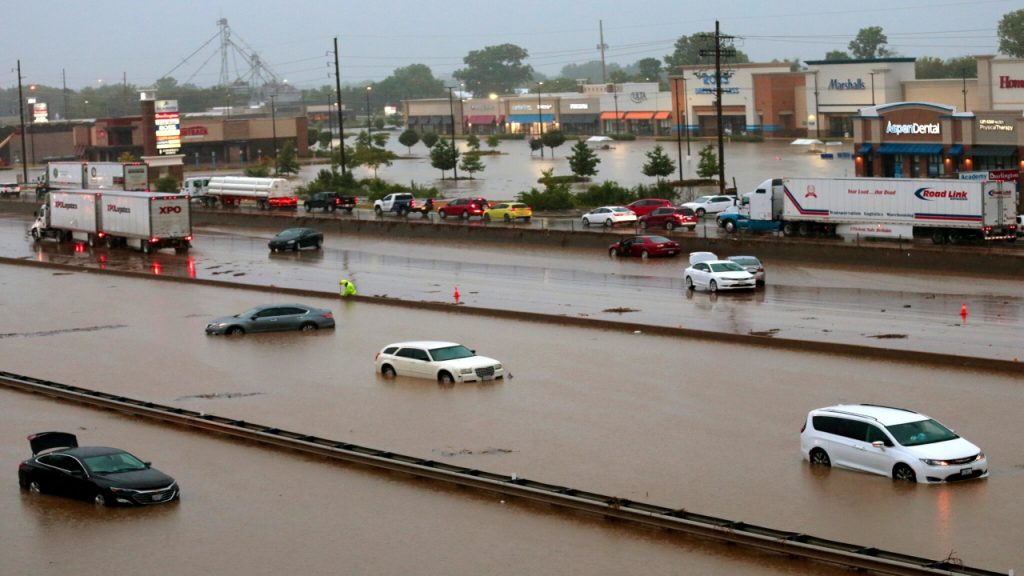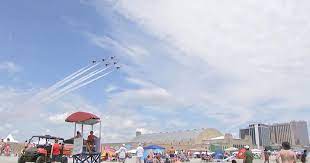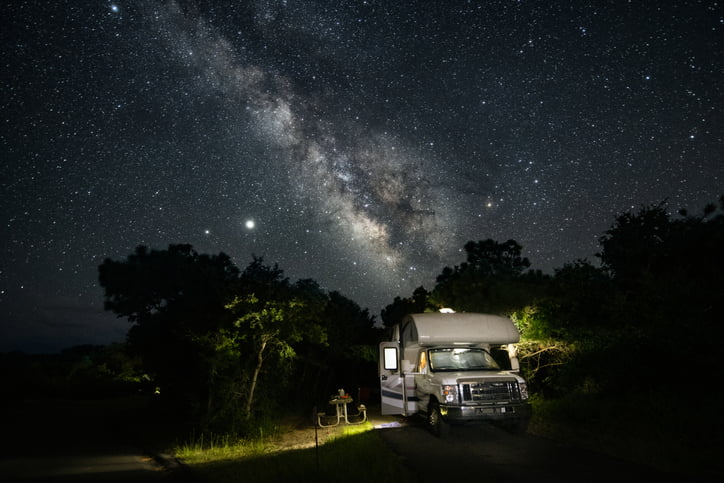If you’re in or planning to head to the Eastern San Juan Mountains this weekend, you might want to rethink your plans. A Winter Weather Advisory has been issued for the area, warning of heavy snow, strong winds, and treacherous travel conditions. Here’s what you can expect and how to stay safe.
What’s Coming:
By Friday, a major winter storm will sweep through the mountains, dumping snow and sending gusty winds your way. This isn’t a light dusting—it’s a storm with some serious teeth.
-
Snowfall: Expect between 3 to 6 inches of snow, and it could reach 8 inches or more in the higher elevations. Snow will start falling late Friday morning, but by the evening, it’ll be coming down hard. Make sure you’re ready for a full-on snowstorm by Friday night.
-
Wind Gusts: Winds will be a major player in this storm, gusting up to 50 mph, especially in the mountain passes. When you add snow to the mix, visibility will plummet. It’ll be tough to see the road, let alone drive safely, especially in the higher areas.
-
Timing: The storm will kick off Friday morning and continue into Saturday, with the heaviest snow expected by Friday evening. If you’re planning to be out and about, things will get bad fast once night falls.
How This Affects Travel:
If you’re planning to travel in the mountains this weekend, be aware that the storm is going to make it a tricky, if not dangerous, trip.
-
Roads: The usual mountain routes like U.S. 550 (Red Mountain Pass) and CO 149 are going to be slick and dangerous. Snow will cover the roads quickly, and ice could cause major delays, accidents, or even closures. If you don’t absolutely need to travel, you’re better off staying put.
-
Mountain Passes and Higher Elevations: Higher elevations will face the worst of it. The combination of snow and wind will make it even harder for snowplows to keep the roads clear. Expect travel to be slow, if not impossible, in some places. If you must drive, make sure you’re equipped with snow chains and pack an emergency kit with food, water, and blankets.
-
Visibility: The snow will be blowing sideways, and at night, it’s going to be nearly impossible to see. If you do need to drive, use your headlights, keep your distance from other cars, and don’t try to rush. If you can, just wait until the storm passes—it’s not worth the risk.
Other Hazards to Be Aware Of:
-
Wind Chill: It won’t just be cold—it’ll feel downright brutal. Winds gusting up to 50 mph will make temperatures feel much colder, potentially as low as the teens. If you have to be outside, bundle up, wear gloves, hats, and scarves, and keep moving to avoid frostbite.
-
Outdoor Activities: If you were thinking of hiking or enjoying the outdoors this weekend, it’s best to hold off. The snow and ice will make trails slippery, and the wind chill will make it feel much colder than it actually is. Your safety should come first, so consider postponing any outdoor plans.
What You Should Do Now:
-
Stay Informed: Conditions in the mountains can change rapidly. Keep checking local weather reports and stay updated on any new advisories.
-
Prepare for the Worst: If you’re in the mountains, make sure your car is stocked with winter gear—snow chains, blankets, extra food, and water. If you’re staying put, have flashlights and extra blankets on hand in case of power outages.
-
Postpone Travel if Possible: This storm is not to be taken lightly. If you don’t need to be out there, it’s best to stay inside and wait for the weather to calm down. It’s always better to delay your trip than to risk driving in dangerous conditions.



